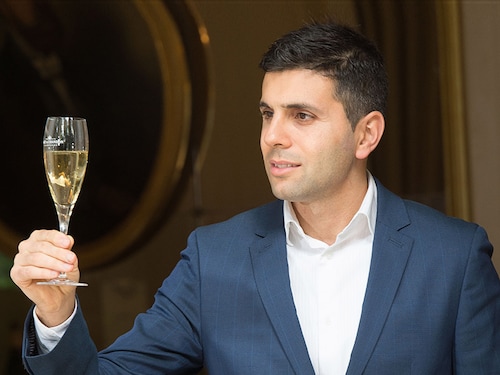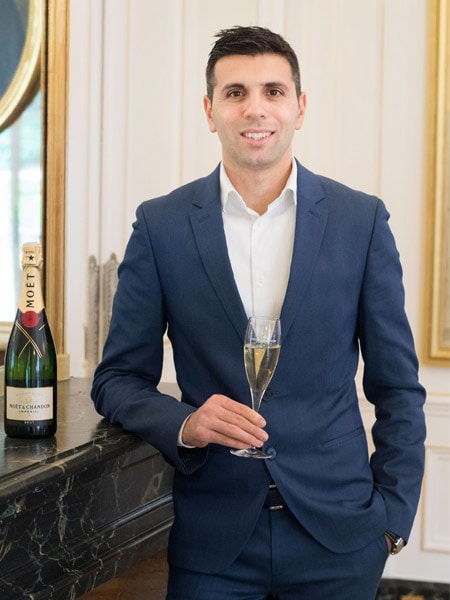Global warming is a challenge for the champagne industry: Amine Ghanem
The wine quality manager at Moà«t & Chandon tells Forbes India how the luxury brand is gearing up to face competition



Amine Ghanem, the wine quality manager at Moët & Chandon Amine Ghanem came from Lebanon to France to follow his passion for wine. The French winery Moët & Chandon, established in 1743, boasts a long list of iconic luxury champagnes. Moët & Chandon began discovering the prospects for producing sparkling wines in the late 1950s outside the Champagne region, under the 'Chandon' name. They saw potential in India’s Nashik region and currently, Chandon, the first made-in-India offering from Moët Hennessy, is available across 22 cities in India.
Chandon is available in three varieties- Brut, Rosé and Délice.
Ghanem, wine quality manager at Moët & Chandon, spoke with Forbes India about the champagne market and its challenges, and what makes their brand unique. Edited excerpts:
Q. What makes Moët & Chandon unique?
First of all, the heritage and history, and second, the high quality and the luxury it purposes. Moët & Chandon cares about giving the consumer a new experience every day, so we have our flagship champagne, but we also surprise our clients by giving them new ways to consume the beverage-- Moët & Chandon Ice Imperial, for instance, made to enjoy on the rocks. What makes Moët & Chandon a premium house is the combination of history, authenticity, contemporaneity and spirit of innovation.
Q. How has the process of making champagne evolved over the years?
Champagne evolves with two things: The development of technology and new markets, and global warming. So while technical development is about the data and mechanical treatment, we have to care about the flavours and senses too. For instance, when we made Brut champagne, we knew that it will be enjoyed more at parties, especially in Europe. But when we made the Ice Imperial, we thought about hot countries, spices and food, which will be suitable in countries like Africa, India and Mexico.
Monitoring the temperature helps us make with the fermentation process, and to avoid defects in flavours. In fact, we were the first ones to introduce fermentation in stainless steel tanks and flasks. Stainless steel is very clean and inert, and won’t affect our wines. We have also started using big data technology to see where and which process can be improved.
Q. How do premium wineries stay on the growth path in the next five to seven years?
I think that one of our challenges is the environmental issues. For us it’s the most basic thing to be highly qualitative in terms of products, and to be able to give luxury products to our customers. Other than this, we need to care about the environment so that we could give our children what we had from our grandfathers. At Moët & Chandon, we are especially worried about the transmission of this treasure. We are concerned about environmental sustainability and to increase our standards of luxury.
First Published: Feb 23, 2019, 06:15
Subscribe Now